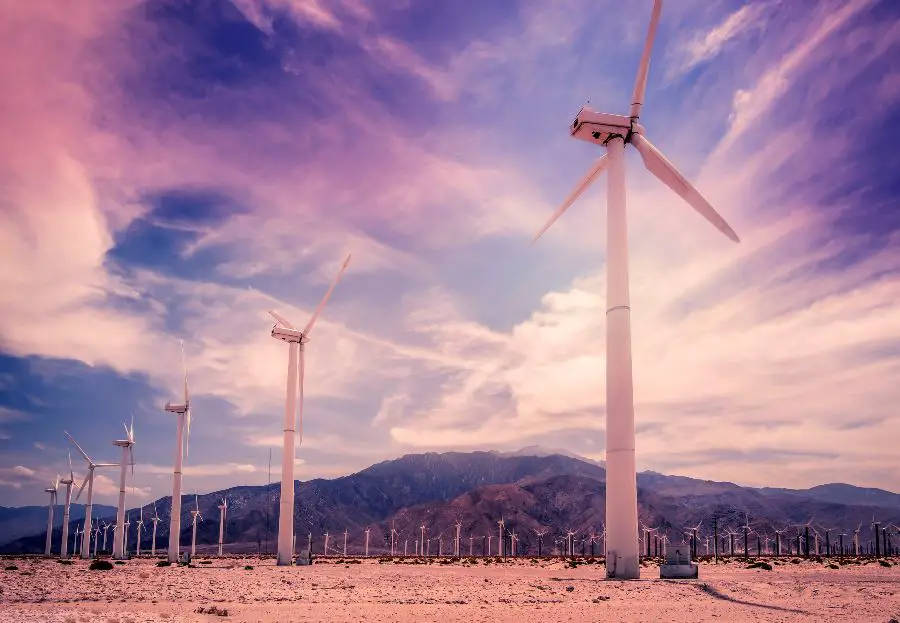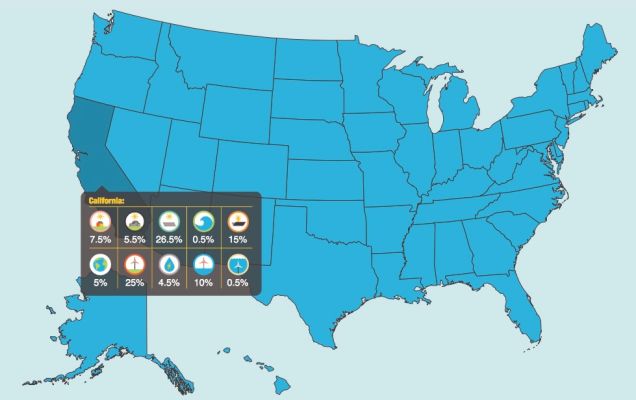Science & Tech
This Is How the U.S. Could Go 100% Renewable by 2050

Despite the increasing popularity of clean energy, it is still remaining the privilege of a few. Over the last few years, we have seen lots of attempts from cities, islands and even whole countries to go renewable, but we still have much work to do before it becomes possible to convert the whole world (or at least a big part of it) to renewable energy.
Now, Stanford scientists have developed a detailed plan which explains how to get the U.S. to run on 100% clean energy in only 35 years from now.
The analysis
Dr. Mark Z. Jacobson together with his colleagues from Stanford University studied the infrastructure and energy consumption in all 50 states and outlined the changes needed to be done in each state to go renewable. To demonstrate their findings, the researchers even created an interactive map of the U.S.

In their paper published in the journal Energy and Environmental Science, the research team presented an analysis of the current energy demands of all 50 states and estimated how they are going to change within the next 35 years.
To effectively assess the energy demands of each state, the researchers studied energy consumption in four sectors: residential, commercial, industrial and transportation. Then they examined the current sources of the consumed energy, which included coal, oil, gas, nuclear and renewables, for each sector.
The next step was to calculate the fuel demands if all fossil fuel energy were replaced with electricity. Of course, this would require the use of electricity to run nearly everything, from heating and cooling systems for homes and industry to electric cars, but, according to the researchers, this transition would lead to significant energy savings.
Finally, Dr. Jacobson and his team analyzed the practical ways to power the new electric grid. Depending on the geographical position and climatic conditions, different sources of renewable energy would fit one or another state best.
The results
Based on this analysis, the research team came up with a plan for each state to be converted to 80% of renewable energy by 2030 and 100% by 2050. Some states are already on the road to this transition, such as Washington, which gets 70% of electric power from hydroelectric sources, and California, which aims to go 60% renewable by 2030 and has already started implementing some aspects of this plan.
Despite the high costs, this transition will have significant benefits for the society and the environment.
“A conversion of this scale would also create jobs, stabilize fuel prices, reduce pollution-related health problems and eliminate emissions from the United States. There is very little downside to a conversion, at least based on this science,” Jacobson said in a press release.
We have all the necessary science and technology to make this happen, but the challenge is to overcome the regulatory obstacles and defeat the political obstructions. Let’s hope that this plan – or at least some of its aspects – will be implemented and that more states will make use of renewable energy resources.
Typos, corrections and/or news tips? Email us at Contact@TheMindUnleashed.com
